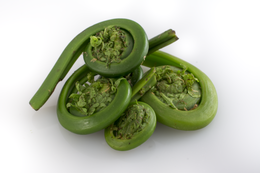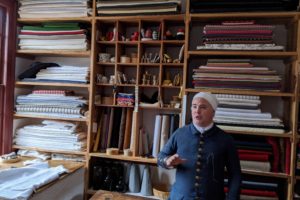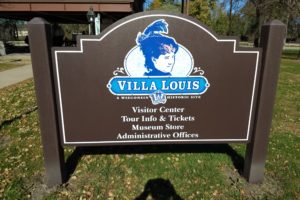We’ve talk before about our “down days”: days to do laundry, grocery shop, cook, and catch up on blogs. Days to relax are “down down days.” We decided to spend an extra day at our campground so I could get caught up on blogs, but of course we had to “play” a little, so we went out for breakfast at a place advertised at our campground that was only about 20 minutes away along a 2-lane road winding along the Saint John River. Such a beautiful drive!

But it closed down last Saturday for breakfast so the owner could get his trees and tree farm set up to sell Christmas trees. Breakfast will start again in January—but, alas, we can’t wait. So what is sugarbrush? I had to look it up.
From Wikipedia, “Sugar bush refers to a forest stand which is utilized for maple syrup. The tree canopy is dominated by sugar maple or black maple. Other tree species, if present, form only a small fraction of the total tree cover.”
So we went to choice #2.

Our server, however, was so helpful with answering our questions. One was about the symbol on this sign that we’d see while driving.

Here’s the information we found on the internet: “All the sign shows is graphic of a fiddlehead, (the furled young shoot of an ostrich fern, which is harvested for use as a vegetable, for any non-New Brunswickers out there), which is used to signify the River Valley Scenic Drive along the western part of the province.” So it’s a scenic drive sign.
So what is a fiddlehead? First, it’s a fern. Here’s what Wikipedia says about it: “Fiddleheads or fiddlehead greens are the furled fronds of a young fern, harvested for use as a vegetable. Left on the plant, each fiddlehead would unroll into a new frond. As fiddleheads are harvested early in the season before the frond has opened and reached its full height, they are cut fairly close to the ground.” Here’s what the fiddlehead looks like rolled up; looks like the sign, right?

Our server said locals pick them in the spring and cook them for a tasty vegetable treat. We looked up recipes online, and they range from broiling to steaming to frying to sauteing. Seasonings can be as little as salt and pepper.
Now we know.


Barney got the laundry done later in the day, washed the truck, and did other maintenance while being outside enjoying the nice day. I stayed inside the RV typing away on the blog posts. Each takes 2-4 hours to create, and I’m usually mentally drained after completing a few since I have to do so much thinking as I type—but I love it!
The next day when we hooked up to leave, we took a few more pictures of the campground and met our neighbors who came in for the weekend.




It looks like every permanent family here has a golf cart so they can quickly move around the area; even young boys do a great job of driving them. Where we stayed is only half of the campground and is primarily for permanent guests. The other half of the campground is on the other side of the road. One day we drove over there to see the 2 campground locations. It looks more like a campground we’re familiar with where trees separate the campsites. Overnighters and short-termers are usually located at these locations. We’re so glad we were placed where we were!






